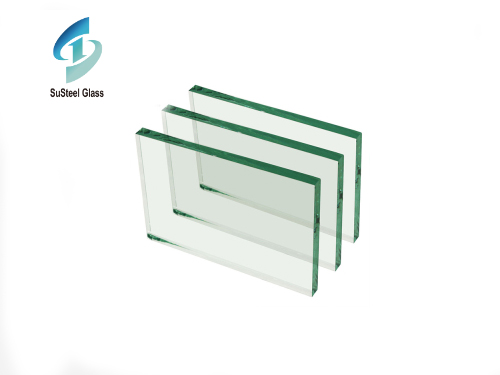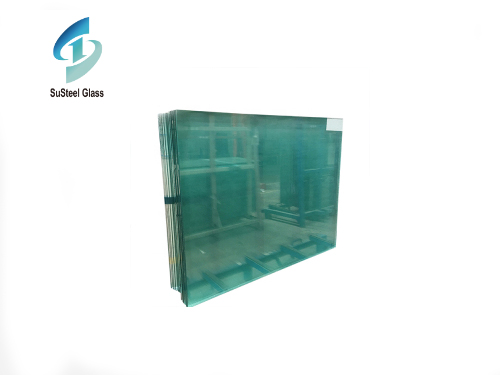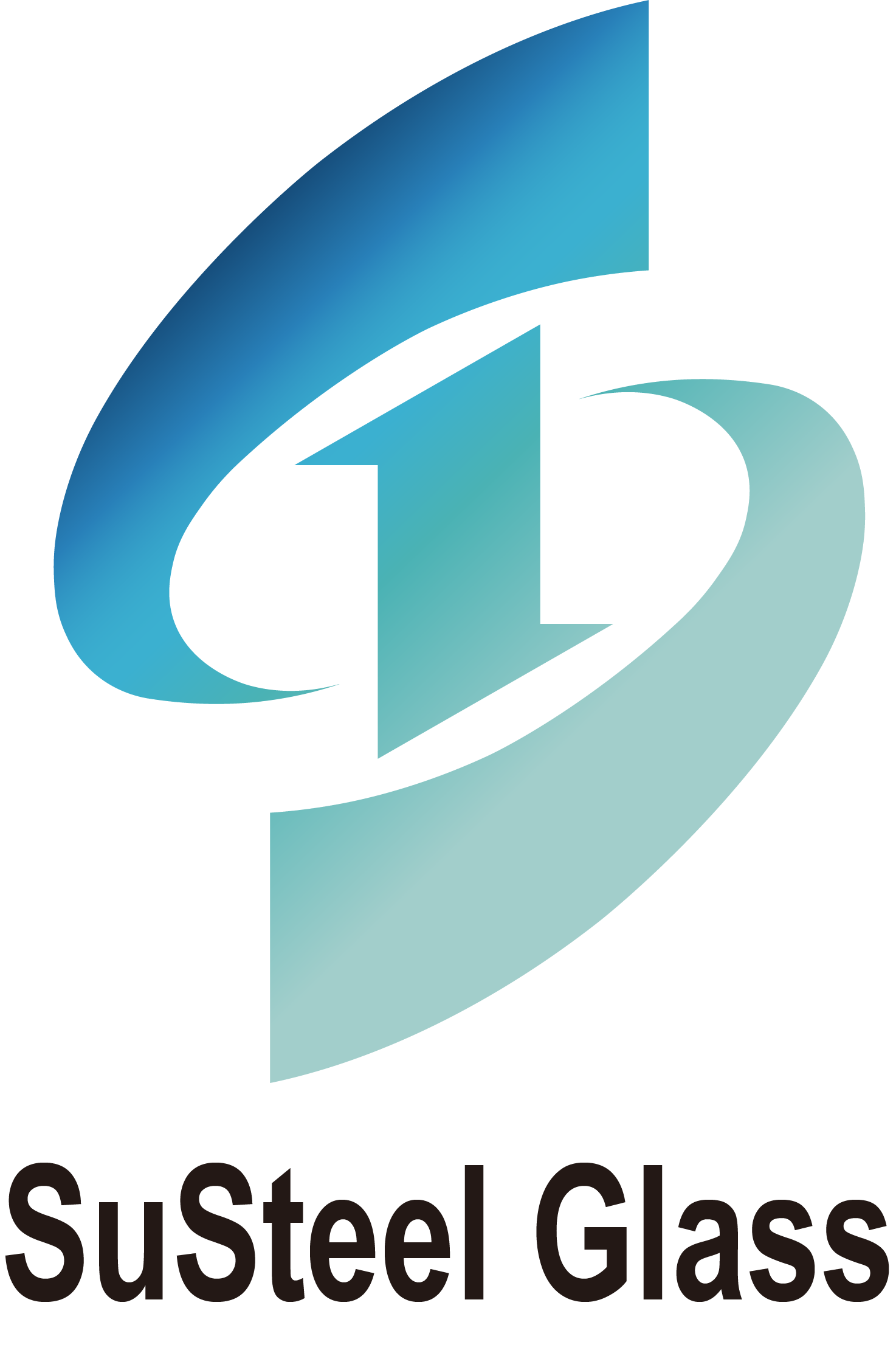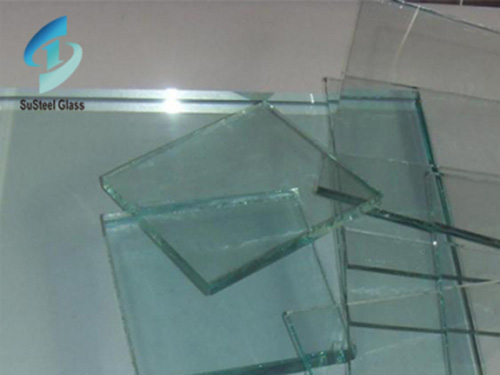
Glass is one of the most ubiquitous materials in modern architecture, and it is used in a variety of applications, from windows and skylights to shower doors and walls. Although glass has many advantages, it can be easily stained. However, advances in technology have led to the development of self-cleaning glass, which promises to revolutionize the way we use glass in our homes and buildings.
Self-cleaning glass is a type of glass that has been treated with a special coating that enables it to clean itself. The coating is made up of two layers: a photocatalytic layer and a hydrophilic layer. The photocatalytic layer contains a substance called titanium dioxide, which is activated by sunlight. When sunlight hits the glass, the titanium dioxide reacts with any organic material on the surface of the glass, such as dirt or grime, and breaks it down into smaller, harmless particles. The hydrophilic layer, on the other hand, makes the glass surface water-loving, meaning that when water comes into contact with the glass, it spreads out evenly, forming a thin film that washes away any remaining dirt or contaminants.
There are several advantages to using self-cleaning glass. For one, it reduces the need for manual cleaning, which can be time-consuming and expensive, especially in large commercial buildings. Self-cleaning glass also reduces the need for harsh chemicals, which can be harmful to both the environment and the people who use them. Additionally, self-cleaning glass can help to improve the energy efficiency of a building, as it allows more natural light to enter the space, reducing the need for artificial lighting.
Despite its many advantages, self-cleaning glass does have some limitations. For one, it requires a certain amount of sunlight to activate the photocatalytic layer, which means that it may not work as effectively in areas with limited sunlight. Additionally, while self-cleaning glass can help to reduce the need for manual cleaning, it still requires some maintenance to ensure that the coating remains intact and effective.
In conclusion, self-cleaning glass is a promising technology that has the potential to revolutionize the way we use glass in our homes and buildings. By reducing the need for manual cleaning and harsh chemicals, self-cleaning glass offers a more environmentally friendly and cost-effective solution for maintaining clean and clear glass surfaces. While it does have some limitations, self-cleaning glass is an exciting development that is sure to have a significant impact on the future of architecture and design.
 The Advantages and Applications of Heat Absorbing Glass
The Advantages and Applications of Heat Absorbing Glass
 High Purity Tin Ingot: Essential Uses and Key Advantages
High Purity Tin Ingot: Essential Uses and Key Advantages
 Burglar-Resistant Glass: Enhancing Security and Peace of Mind
Burglar-Resistant Glass: Enhancing Security and Peace of Mind


